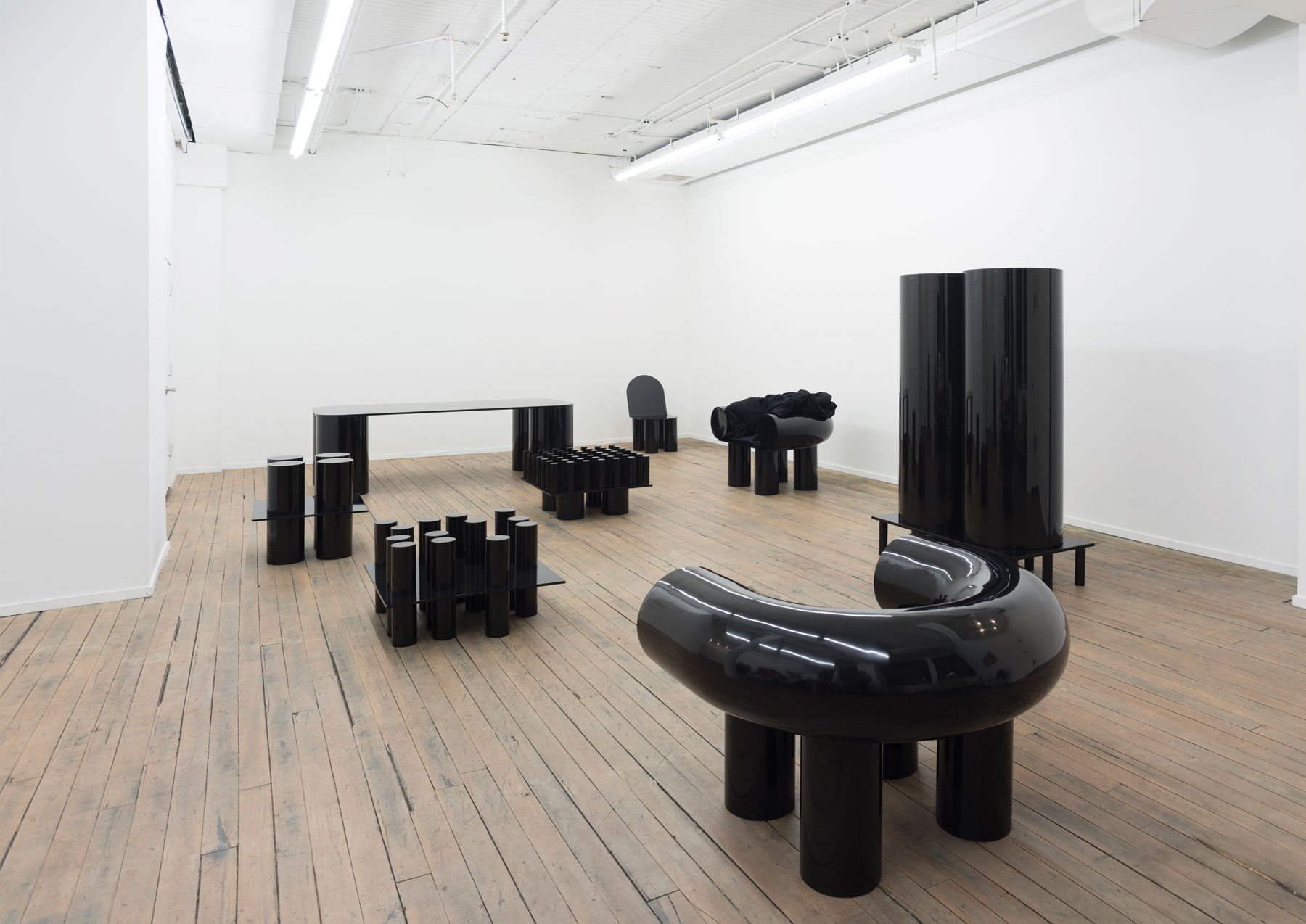Here, we ask a designer to take a selfie and give us an inside look at their life.
Age: 38
Occupation: Architect and designer
Hometown: Stary Sącz, Poland; has lived in Krakow, Detroit, and now Chicago.
Studio location: Chicago
Describe what you make: My practice focuses on exploring the connection between art and architecture. The work I produce often functions as a proposal or a study for larger works, but also stands independently as final a piece on its own. I like to think that what I produce is simultaneously simple and complex, familiar and unfamiliar, funny and serious.
The most important thing you’ve designed to date: Each project is a learning opportunity, and the most important thing at the time is its production and experience. But there are three projects I would like to highlight: a bookshop installation I designed for the Graham Foundation in Chicago (2013), a solo exhibition at the Museum of Contemporary Art Chicago called “BMO Harris Bank Chicago Works: Ania Jaworska” (2015), and a show titled “SET” that was presented at Chicago’s Volume Gallery (2016). The latter featured a series of furniture with simplistic forms that were exaggerated to achieve authoritative, imposing proportions.
The problem your work solves: Through drawings, installation, sculpture, or proposals, I explore architecture and its history, form, function, and concepts. Architecture to me is a research, inquiry, and development of work.
The project you are working on now: I was selected by the Chicago Architecture Biennial’s curators to propose an entrance installation for the Randolph Street Lobby. This is the first space visitors encounter when entering the Chicago Cultural Center on the north side of the building. The installation uses iconic forms such as the arch and the column to call on architectural history and establish meaning—while simultaneously undermining it. The carefully placed arch within the installation both highlights and contradicts the entrance. It simultaneously signifies an entry point and creates a physical boundary.



